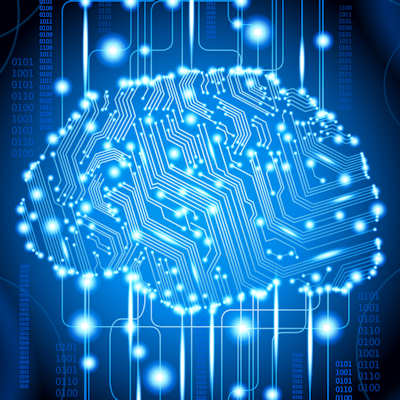 Bionic finger creates 3D maps by touching the surface of simulated human tissue
Bionic finger creates 3D maps by touching the surface of simulated human tissue
Researchers have developed a smart bionic finger to sense and image materials including human tissue through touch. Read More
 CAR-T cell therapies eliminate residual, drug-resistant lung cancer cells in preclinical tests
CAR-T cell therapies eliminate residual, drug-resistant lung cancer cells in preclinical tests
Targeting a cell surface protein could eliminate the lung cancer cells that survive treatment with epidermal growth factor receptor (EGFR) tyrosine kinase inhibitors (TKIs), according to a paper published on Monday in Cancer Cell. Read More
 Screening molecules using patient-derived motor neurons reveals potential ALS drug targets
Screening molecules using patient-derived motor neurons reveals potential ALS drug targets
Researchers have identified two therapeutic approaches that could treat multiple forms of amyotrophic lateral sclerosis (ALS), raising hope that it may ultimately be possible to develop a single medicine that is effective in most patients with the neurodegenerative disease. Read More
 Deepcell releases single-cell morphology data sets at AGBT general meeting
Deepcell releases single-cell morphology data sets at AGBT general meeting
Deepcell on Monday announced the release of three data sets to enable researchers to explore novel high-dimensional morphology data. Read More
 New probe measures cell stiffness and traction
New probe measures cell stiffness and traction
University of Illinois scientists have developed a tiny mechanical probe that can measure the inherent stiffness of cells and tissues, as well as the internal forces that cells generate and exert upon one another. It is the first probe able to quantify both properties, according to its developers. Read More
 Artificial nerve cells closely mimic biological ones
Artificial nerve cells closely mimic biological ones
Researchers at Sweden’s Linköping University have created an artificial neuron that closely mimics the characteristics of biological nerve cells. They describe the work in a study, published recently in Nature Materials, indicating that the artificial neuron can stimulate natural nerves, making it a promising technology for various medical treatments. Read More
 Lab grown mature neurons hold promise for neurodegenerative disease therapy
Lab grown mature neurons hold promise for neurodegenerative disease therapy
Northwestern University-led researchers have created the first highly mature neurons from human induced pluripotent stem cells. The study, published January 12 in the journal Cell Stem Cell, holds potential for new neurodegenerative disease therapies. Read More
 Magnetic microdroplets reveal how cells sense mechanical signals during tissue development
Magnetic microdroplets reveal how cells sense mechanical signals during tissue development
Manipulation of magnetic microdroplets has revealed how stem cells in a living embryo mechanically test their environment to communicate with neighboring cells. Read More
 MIT researchers record cellular memories through protein chains
MIT researchers record cellular memories through protein chains
Using engineered proteins, MIT researchers have designed a system in which they can record “memories” of sequences of cellular events, such as when certain genes are activated, or how cells respond to a drug, as cells turn on series of genes and pathways in performing functions. Read More
 Boosting RNA therapies to create natural pacemakers
Boosting RNA therapies to create natural pacemakers
Smidt Heart Institute scientists have investigated how biological pacemaker cells fight back against RNA therapies to correct abnormal heartbeat rates. Read More
Conferences
Science Briefs
Member Rewards
Earn points for contributing to market research. Redeem your points for merchandise, travel, or even to help your favorite charity.
Research Topics
Interact with an engaged, global community of your peers who come together to discuss their work and opportunities.
Connect
Tweets by @ScienceBoard






